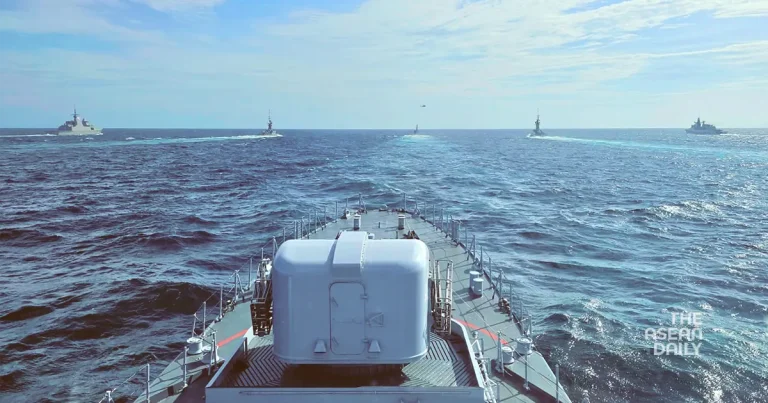20-12-2024 (KUALA LUMPUR) Malaysia has announced plans to significantly strengthen its naval and aerial capabilities to protect its territorial waters, including contested areas of the South China Sea, whilst maintaining diplomatic engagement with regional stakeholders.
Speaking at the Maritime Institute of Malaysia South China Sea Conference 2024, National Security Council Director-General Raja Nushirwan Zainal Abidin outlined the nation’s commitment to developing a robust new security framework that acknowledges Malaysia’s maritime identity.
The policy, which builds upon the 2019 Malaysia Defence White Paper, marks a departure from previous approaches by prioritising substantial investments in naval and air force capabilities. “Our maritime assets, encompassing navy, coast guard and air force resources, will see increased funding in the coming years,” Raja Nushirwan told the 300-strong audience of diplomats, military officials and scholars.
However, he was quick to emphasise that the modernisation programme should not be interpreted as aggressive posturing. “This expansion merely aims to achieve the necessary standards for securing our maritime domain, rather than signalling any form of assertiveness,” he explained.
The 2025 defence budget allocation stands at RM21.1 billion, representing approximately 1% of Malaysia’s projected GDP. This relatively modest spending level reflects Malaysia’s careful balancing act as a key maritime nation straddling both the Strait of Malacca and South China Sea.
As incoming ASEAN chair for 2025, Malaysia aims to champion regional autonomy while fostering collaborative relationships. The country maintains its commitment to peaceful dispute resolution, particularly regarding the South China Sea, where tensions have recently escalated over oil and gas exploration rights near the Luconia Shoals.
Defence analyst Dr Lam Choong Wah from Universiti Malaya highlighted the urgency of naval modernisation, noting that many current vessels have exceeded their 30-year operational lifespan. The 2025 budget reflects this priority, with naval procurement funding doubled to RM2.1 billion from 2020 levels, whilst air force procurement has seen a fivefold increase to RM2.21 billion.
Planned acquisitions include 18 littoral mission ships, six littoral combat ships, and various aircraft including 36 FA-50 light combat aircraft. However, experts caution that even with these improvements, Malaysia faces substantial maritime security challenges.
“Our maritime security concerns extend beyond territorial disputes to include piracy, militant activity, illegal fishing, and irregular migration,” said Thomas Daniel, senior fellow at the Institute of Strategic and International Studies Malaysia. He emphasised the need for vessels capable of extended deployments and enhanced maritime surveillance capabilities.




